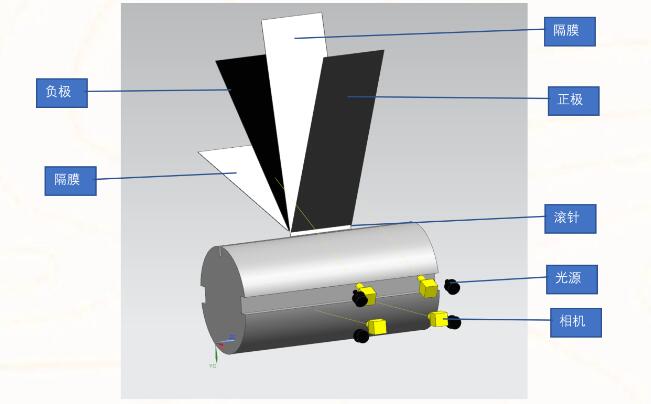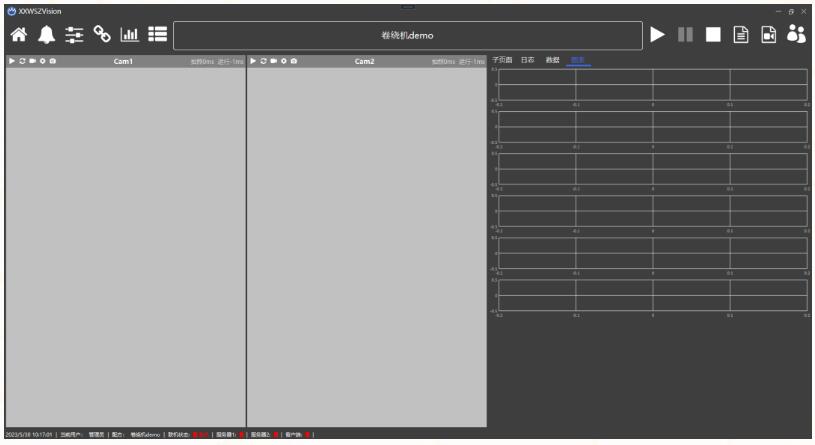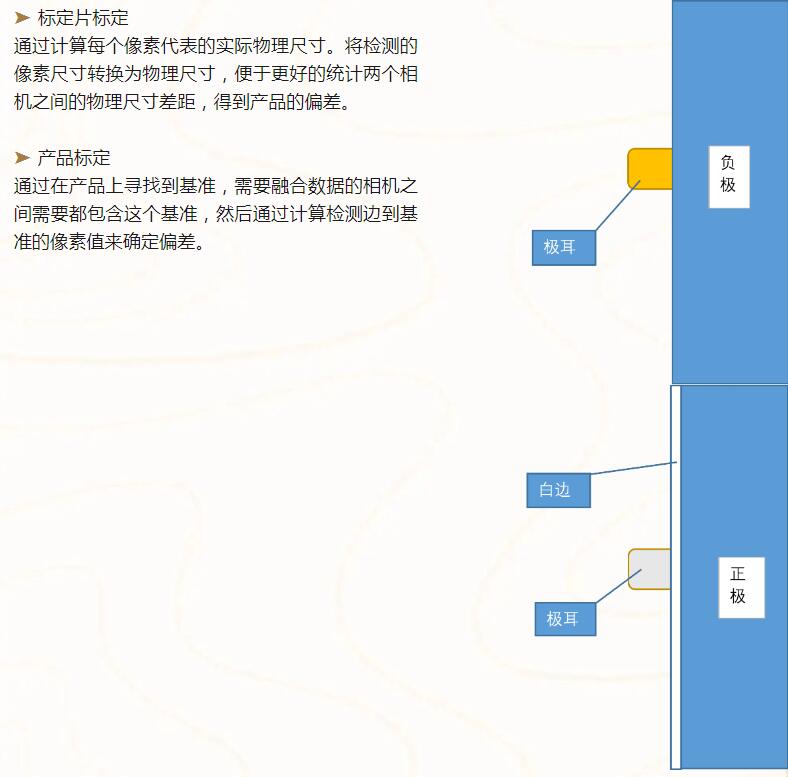Application background
With the improvement of the intelligence and automation of lithium battery manufacturing, machine vision products have begun to be widely used in various sections of lithium battery equipment production. GGII after investigation and calculation, the battery single GWh production line of machine vision demand value center is about 7 million yuan, according to the current production expansion plan of each battery manufacturer, by 2025 production capacity is expected to exceed 2TWh, compared with the current production capacity, not put into production capacity of more than 1300GWh, Among them, the potential unreleased machine vision order demand exceeds 9 billion yuan. From the front, middle and rear stages of the cell production process to the module PACK segment, machine vision is widely used, and the improvement of permeability has significantly improved the quality control of lithium batteries.
The use of machine vision can avoid pollution caused by manual operation, and can timely detect and intercept the flow of defective products to the terminal. In addition to improving quality control, the analysis of defect measurement data through vision software and algorithms can further provide data support and decision-making basis for process improvement direction and quality optimization of battery enterprises. Many application advantages have brought about a rapid increase in the application scale of machine vision products in lithium battery manufacturing.
System introduction
In the process of winding, there will be defects, irregular winding, and other problems such as the pole film beyond the diaphragm. In the winding process, visual detection is widely used in the production of square, cylindrical lithium ion and sodium ion battery bare cell multi-pole ear and all-pole ear winding machine. Including the winding vision online detection of the uniformity of the positive and negative poles and the diaphragm and the pole ear folding detection above the winding needle, etc., to ensure that the alignment of the pole plate has been within the allowed range, if it exceeds the allowed range, the vision will feedback the detection results to the correction system to form a closed loop, and the pole plate will be calibrated according to the correction system to ensure that the alignment is within the allowed range. The winding process visual inspection system realizes automatic detection, closed-loop management, no manual intervention, no manual operation, automatic detection, automatic closed-loop.
System composition
Because the winding process has been moving and the speed is fast, the diaphragm will be slightly wider than the pole, which has a certain impact on the imaging and the installation space is limited.

The whole system is composed of 4 groups of CCD. Two groups monitor the outside of the needle before winding, and two groups detect the inside of the needle after winding. Camera 1 detects the distance between the outer negative electrode edge and the edge of the diaphragm, camera 2 detects the distance between the inner diaphragm and the negative electrode, camera 3 detects the distance between the outer diaphragm and the positive electrode edge, and at the same time detects whether the pole ear is folded and pressed into the diaphragm sandwich, and camera 4 detects the distance between the inner and the positive electrode.
Detection requirement

The distance from the inner diaphragm to the positive electrode and the distance from the diaphragm to the negative electrode are measured in real time during the winding process. The distance from the outer positive electrode to the diaphragm, and the distance from the negative electrode to the diaphragm. Real-time detection of the inner and outer positive to negative distance, the distance between the diaphragm and the white side of the positive, the distance between the negative and the white side of the positive. After statistical real-time detection data is presented.
Detection scheme
The image processing of this system adopts the sub-pixel edge contour extraction technology of Xinxiwang patent technology. Obtain the gray value of the subpixel point, obtain the gray average value of each row or column of the subpixel point in the detection area along the direction perpendicular to the search, use the Gaussian convolution kernel model to obtain the gray average value, obtain the edge intensity value, obtain the best edge point according to the edge type and edge intensity value, and then fit the parabola according to the best edge point. The intersection point of the symmetry axis of the parabola and the center line of the rotating rectangle is the * good subpixel edge point.
Subpixel edge point detection method based on Gaussian model convolution can detect edge points of arbitrary intensity by setting the convolution kernel width, which effectively improves the detection accuracy and algorithm robustness of subpixel edge points.
After the pixel information of the edge is obtained, the image pixel information needs to be converted to get the actual physical distance. Or according to the reference benchmark to determine the fusion relationship between the two cameras. Two calibration tools are provided for the customer:

Characteristics and advantages of the scheme
➤ The visual system adopts modular, lightweight, UI layer and data processing layer isolation technology system operation is more stable;
➤ High hardware configuration camera adopts global shutter exposure fusion time-sharing strobe technology, data acquisition system is stable, efficient and fast, more suitable for high-speed capture dynamic acquisition;
➤ With one-click recheck function, simple UI interface design, support communication with mainstream PLC, support to upload pictures, data to the server function block;
➤ Detection speed: ≥2500mm/s.
Phone:028-62705808
Fax:028-62705808
Mobile Phone:18215640190
Email:sales@cdxiwang.com
Address:2-8-6, Chen Electric Technology Innovation Park, 68 Shuangbai Road, High-tech West District, Chengdu